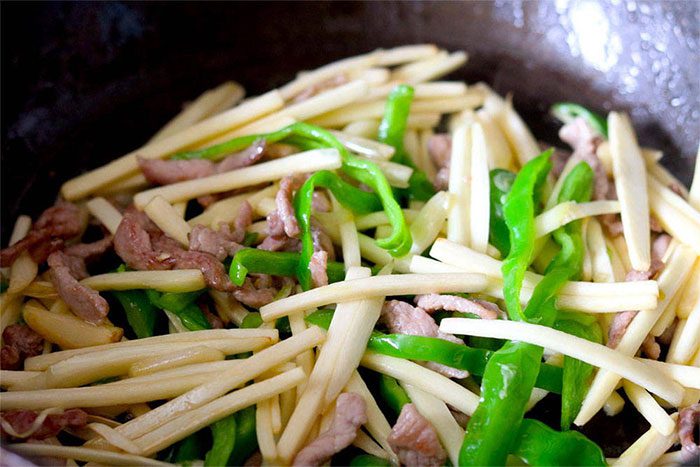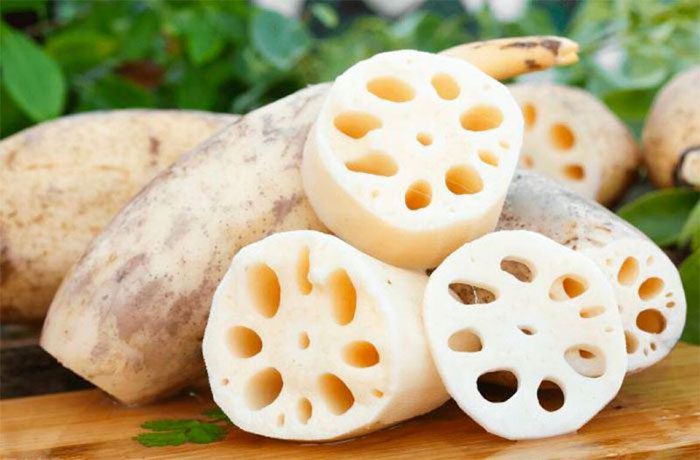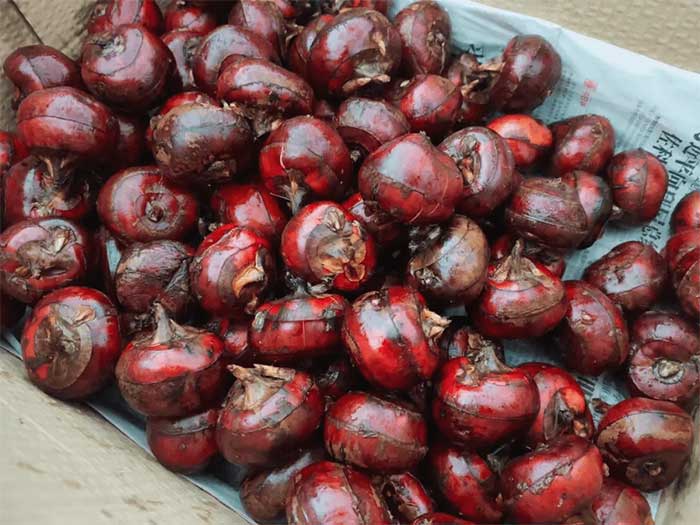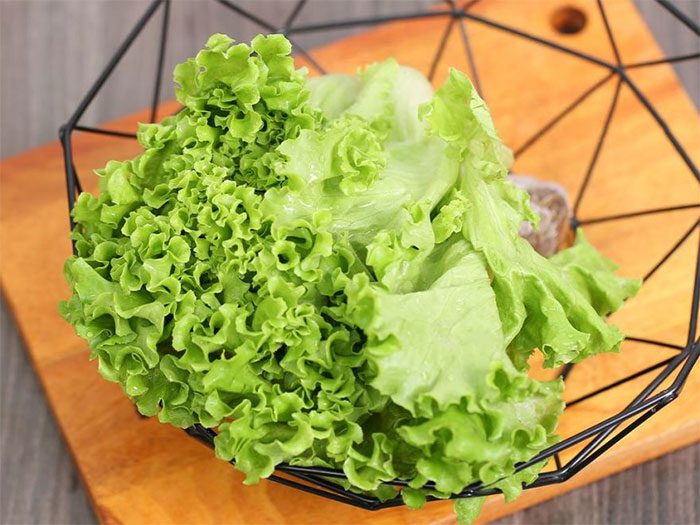Today, eating is not just about filling our stomachs; it must also provide flavor and nutrition.
Types of Vegetables with High Parasite Risk
Eating is one of the most important aspects of human life. Whether poor or rich, busy or relaxed, the body cannot do without meals.
With the continuous improvement in living standards, the demand for food has also increased. Each meal must contain sufficient protein, vitamins, minerals, etc., to achieve nutritional balance. Therefore, we often need to prepare various ingredients to meet nutritional needs. Among these, vegetables are essential and must be included in every meal.
Vegetables provide us with various vitamins, trace elements, fiber, and other components. Regardless of the season, if we want to maintain good health, we cannot overlook vegetables. Moreover, vegetables can be prepared in various ways such as stir-frying, boiling, steaming, or eating raw, enhancing the richness of our meals.
However, in reality, we should not eat raw vegetables indiscriminately, as some types have unique growing environments, making them susceptible to attracting insects, accumulating impurities, and breeding bacteria and parasites that are not easily visible to the naked eye.
Especially with the following four types of vegetables, do not be careless before eating as the consequences can be very serious.
1. Water Celery
Water celery has a long cultivation history in our country and is one of the popular aquatic vegetables, commonly found in muddy, waterlogged areas near ponds and lakes in the Northern Delta provinces such as Nam Dinh, Thai Binh, and Hung Yen.
 In Vietnam, this type of water celery infected with fungus is called “female plant.”
In Vietnam, this type of water celery infected with fungus is called “female plant.”
Due to being infected with black fungus, the plant does not flower but instead swells, and has been used as food in China since the 10th century. In Vietnam, this fungus-infected water celery is known as the “female plant,” a specialty that is very nutritious and also used in traditional medicine.
However, do not eat raw water celery. Scientific studies have shown that long-standing aquatic species are very prone to infection by Fasciolopsis buski – a common aquatic parasite that can enter the human body and typically resides in the small intestine. Moreover, water celery contains a lot of oxalic acid – a substance that can crystallize into kidney stones or combine with calcium and magnesium, leading to a deficiency of essential nutrients, so it must be blanched before cooking.
2. Lotus Root
Autumn and winter are the seasons for lotus root, a food with high nutritional value that helps moisturize, reduce dryness, strengthen the spleen and stomach, and boost physical strength. Fresh lotus root can also be eaten raw, as it is sweet, juicy, crispy, and delicious like fruit, which many people enjoy.
 Before eating, lotus root must be peeled, washed thoroughly, and prepared carefully…
Before eating, lotus root must be peeled, washed thoroughly, and prepared carefully…
However, we must still avoid eating it raw. Since lotus roots grow under the lotus plant – a part often buried deep in mud, some people use fertilizers to grow lotus roots to increase nutrients, making them not only covered in soil but also capable of absorbing various parasites, such as schistosomiasis and Fasciolopsis.
Therefore, before consuming lotus root, it must be peeled, washed thoroughly, and cooked at high temperatures for a long time to ensure hygiene.
3. Water Chestnut
Water chestnuts, also known as water caltrops, are very nutritious, beneficial for health, and enhance immunity. They are crispy, sweet, and juicy, making them popular as a fruit snack.
 This type of tuber grows in muddy soil and can be infected with liver flukes and intestinal flukes.
This type of tuber grows in muddy soil and can be infected with liver flukes and intestinal flukes.
However, most water chestnuts are grown in rice fields or moist muddy areas, where many parasites cling to the skin. Many people think that washing them clean and biting into the outer skin is fine, but this can easily lead to swallowing worm larvae.
In addition, this tuber can be infected with liver flukes and intestinal flukes. When eaten raw, the larvae of flukes can enter the intestine, and after a few months, the person can become ill. Those with severe fluke infection may experience fatigue, malnutrition, and dry skin.
Patients often feel abdominal pain in the lower abdomen, accompanied by diarrhea and may experience severe pain. If a patient has many flukes and does not receive treatment, the illness will worsen, potentially leading to swelling, fluid accumulation in various organs, and death from exhaustion.
Therefore, to consume this tuber, it is necessary to peel it carefully before eating. It can be made into soups or boiled before being used in salads.
4. Lettuce

Leafy lettuces or Romaine lettuce grow close to the ground and are prone to parasite infections.
Lettuce is a famous raw vegetable, a rich source of fiber and vitamins beneficial for the body. However, many scientific studies have shown that leafy lettuces or Romaine lettuce, which grow close to the ground and are grown using unsafe fertilization and watering methods, easily become infected with parasites.
A study in Brazil in 2012 showed that whether grown traditionally, organically, or hydroponically, all types exhibited concerning levels of organisms capable of causing disease, including thermophilic coliforms and intestinal parasites.
Washing and disinfecting vegetables before consumption, regardless of how they are grown, is the only measure to reduce the risk of contamination in leafy vegetables like lettuce.
It is advisable to limit raw lettuce consumption. When consuming, ensure thorough soaking and washing. Cooking or blanching is preferred over eating raw. Additionally, lettuce itself contains a certain amount of oxalic acid, so it is recommended to blanch it in boiling water first for better nutrient absorption.



















































